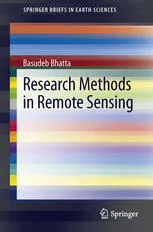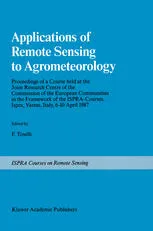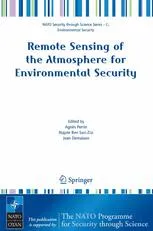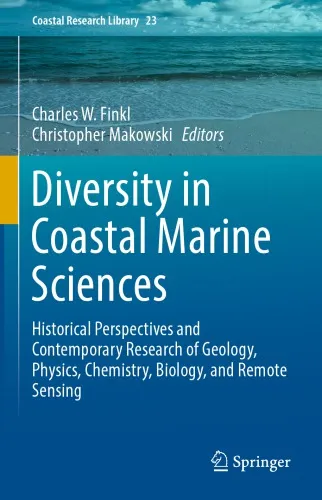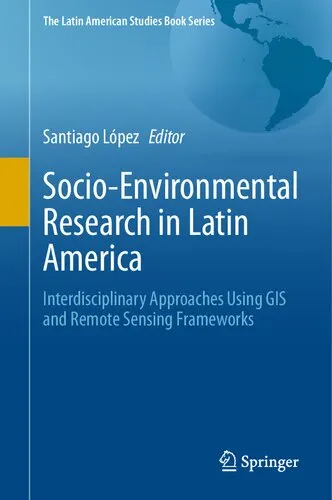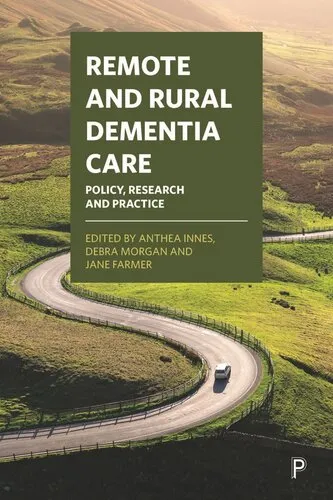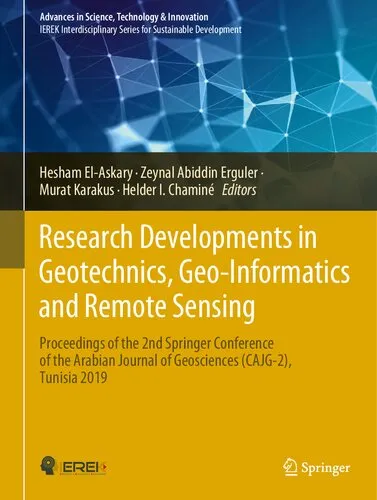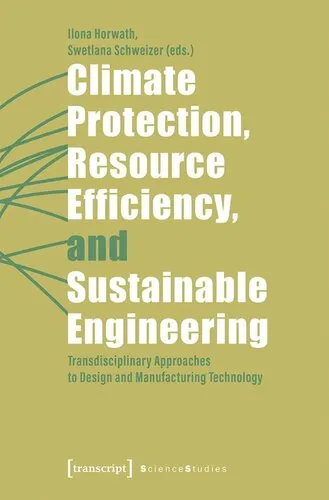Toward New Partnerships In Remote Sensing: Government, the Private Sector, and Earth Science Research
5.0
Reviews from our users

You Can Ask your questions from this book's AI after Login
Each download or ask from book AI costs 2 points. To earn more free points, please visit the Points Guide Page and complete some valuable actions.Related Refrences:
The book Toward New Partnerships In Remote Sensing: Government, the Private Sector, and Earth Science Research explores the evolving landscape of remote sensing technologies and the collaborative efforts between government entities, the private sector, and researchers in advancing Earth science. This comprehensive work provides insights into how these partnerships are shaping our understanding of the planet and enhancing decision-making processes related to environmental monitoring, natural resource management, and disaster response.
Detailed Summary of the Book
Remote sensing has emerged as a crucial tool in Earth science, offering unprecedented views of our planet from space and improving the ways in which scientists gather data. This book delves into the history, current practices, and future prospects of remote sensing technologies. It emphasizes the importance of fostering partnerships between governmental agencies like NASA and NOAA, private sector companies employing cutting-edge satellite technologies, and academic institutions conducting Earth science research.
The text examines the challenges and opportunities these partnerships face, including data sharing, intellectual property rights, and financial considerations. It reviews key policy developments and case studies where collaborative efforts have yielded significant scientific breakthroughs. The book also highlights how these partnerships support a variety of applications—from tracking climate change and deforestation to forecasting weather patterns and supporting agricultural efficiency.
Key Takeaways
- Partnerships in remote sensing are essential for maximizing the potential of Earth observation technologies and ensuring data accessibility and utility.
- Effective collaboration requires transparent policies regarding data rights and responsibilities, as well as clear mechanisms for data sharing.
- The synergy between technology development and scientific inquiry accelerates innovation, allowing stakeholders to address complex environmental challenges more efficiently.
- Governmental support alongside private sector dynamism provides balanced investments in research and infrastructural advancements.
Famous Quotes from the Book
"The intersection of public policy and technology innovation is where profound progress in understanding our planet truly happens."
"Collaboration is not merely advantageous; it is a requisite in the pursuit of sustainable scientific and environmental solutions."
Why This Book Matters
This book matters because it addresses the critical need for an integrative approach to remote sensing—a field that has far-reaching implications for both scientific discovery and real-world applications. In a rapidly changing world where environmental challenges such as climate change, biodiversity loss, and natural disasters demand immediate attention, remote sensing offers valuable insights and tools.
By presenting a comprehensive overview and analysis of the partnerships among different stakeholders in this field, the book provides a roadmap for facilitating more effective collaborations. It also serves as a call to action for policymakers, industry leaders, and researchers to embrace cooperative strategies that enhance both scientific capabilities and societal benefits. Understanding how to harness the power of partnerships in remote sensing is imperative for advancing Earth science and addressing global environmental issues.
Free Direct Download
You Can Download this book after Login
Accessing books through legal platforms and public libraries not only supports the rights of authors and publishers but also contributes to the sustainability of reading culture. Before downloading, please take a moment to consider these options.
Find this book on other platforms:
WorldCat helps you find books in libraries worldwide.
See ratings, reviews, and discussions on Goodreads.
Find and buy rare or used books on AbeBooks.
1279
بازدید5.0
امتیاز0
نظر98%
رضایتReviews:
5.0
Based on 0 users review
Questions & Answers
Ask questions about this book or help others by answering
No questions yet. Be the first to ask!
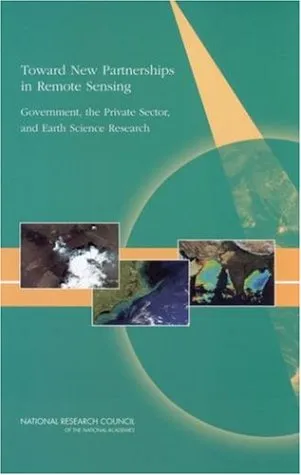
![Unleashing the Power of UX Analytics: Proven techniques and strategies for uncovering user insights [Team-IRA] [True PDF]](https://s3.refhub.ir/images/thumb/Unleashing_the_Power_of_UX_Analytics__Proven__9372.webp)

